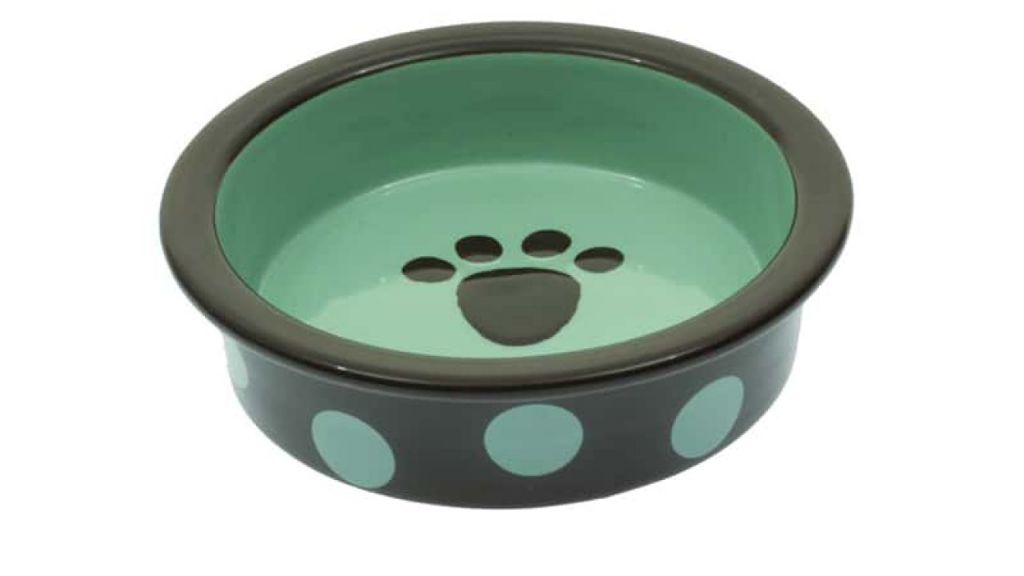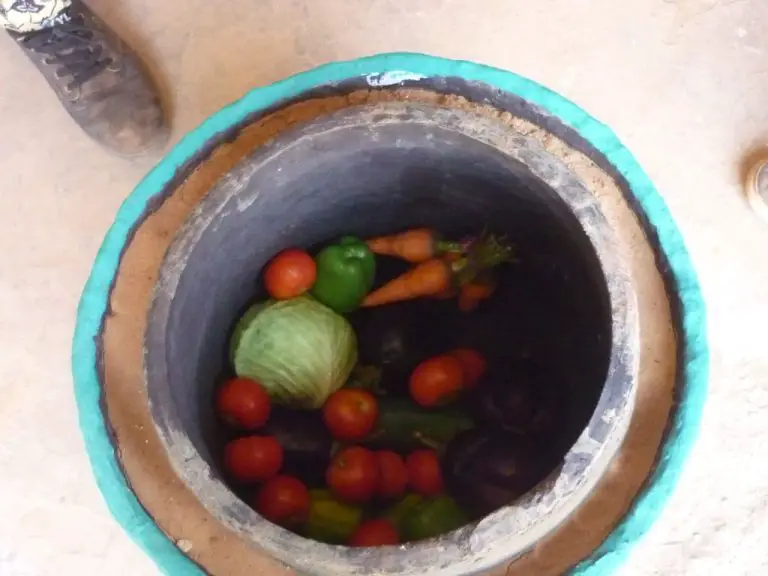What Size Bowl Does A Large Dog Need?
Introduction
When selecting a bowl for a large breed dog, there are several important factors to consider in order to provide your dog with the best eating experience. The size of the bowl is critical – it needs to be large enough to accommodate the amount of food a big dog will eat, but not so large that it encourages overeating. The material is also key, as stainless steel or ceramic bowls are more hygienic and durable than plastic. The shape of the bowl can impact how quickly a dog eats and the stand or elevation of the bowl affects comfort and ease of access. Other considerations include integrating slow feeders to prevent choking or bloat, and purchasing bowls designed specifically for large breeds. This article provides an in-depth look at optimal bowl selections for big dogs.
Definition of a Large Dog
There is no universally accepted weight cutoff for defining a “large” dog breed. However, most experts consider medium to large breeds to start around 50-60 lbs in adulthood. Some of the most popular and common large dog breeds include:
- Labrador Retriever – Males 60-80 lbs, Females 55-70 lbs
- Golden Retriever – Males 65-75 lbs, Females 55-65 lbs
- German Shepherd – Males 65-90 lbs, Females 50-70 lbs
- Boxer – Males 60-70 lbs, Females 50-60 lbs
- Doberman Pinscher – Males 75-100 lbs, Females 60-90 lbs
- Great Dane – Males 120-200 lbs, Females 100-130 lbs
- Mastiff – Males 150-250 lbs, Females 120-180 lbs
- Rottweiler – Males 95-135 lbs, Females 80-100 lbs
As you can see, large dog breeds span a wide range of weights, but most fall somewhere between 50-100+ lbs at their adult size.
Feeding Habits of Large Dogs
Large breed dogs tend to require more daily calories than smaller dogs due to their larger size and higher energy levels. However, it’s important not to overfeed them, as obesity can exacerbate joint problems common in larger breeds. On average, an active large breed dog requires 30-40 calories per pound per day. Puppies may require slightly more.
Due to their size, large breed dogs also tend to eat very quickly. This can lead to bloat, a life-threatening condition where the stomach twists. To slow them down, use a puzzle feeder or bowl with obstacles. You can also place large rocks in the bowl to make your dog eat around them. Feed at least twice daily, and avoid vigorous exercise for an hour before and after meals.
Recommended Bowl Sizes
When selecting an appropriately sized dog bowl, the general rule of thumb is to choose a bowl that can hold at least 4 times the amount of food your dog eats per meal. For example, if your large dog eats 2 cups of food per meal, you’ll want a bowl that holds at least 8 cups. This allows your dog plenty of room to comfortably eat without having their muzzle bump the edges of the bowl.
According to AllPetSolutions, the following are some general bowl size guidelines based on dog weight:
- Small dogs under 15 lbs: 8-12 oz capacity
- Medium dogs 15-50 lbs: 16-24 oz capacity
- Large dogs 50-90 lbs: 32-48 oz capacity
- Giant dogs over 90 lbs: 64+ oz capacity

When it comes to large dogs, it’s also important to choose a non-tip dog bowl. Larger dogs often move bowls around, potentially spilling their contents. Opting for a non-skid silicone bottom or a bowl that attaches to a stand can help prevent this.
Bowl Material
When choosing a dog bowl, the material its made from is an important consideration. There are pros and cons to common bowl materials like stainless steel, ceramic and plastic.
Stainless Steel
Stainless steel bowls are very durable and can last a lifetime. They resist scratches, won’t crack or chip, and are easy to clean and sanitize. Stainless steel is also rust-resistant and non-porous. However, stainless steel conducts temperature so the contents of the bowl will get cold or warm quickly. Some dogs also dislike the noise stainless steel bowls make when licked or scratched.
Ceramic
Ceramic dog bowls are attractive and come in lots of colors and designs. They are chip and crack resistant, easy to clean, and don’t conduct temperature like metal. However, ceramic bowls can break if dropped and the glazed interior can start to peel over time with heavy use and cleaning.
Plastic
Plastic dog bowls are inexpensive, lightweight, and come in many colors and sizes. They don’t break as easily as ceramic and don’t conduct temperature. However, plastic can get scratched over time which makes it harder to clean and can harbor bacteria. It also can retain odors. Plastic bowls are best for travel or temporary use.
Bowl Shape
The shape of your dog’s bowl is an important factor when choosing the right one. There are three main types of dog bowl shapes:
Flat Bowls
Flat bowls have no contour and allow your dog’s entire tongue to reach the bottom. This makes it easy for them to lick up all the food and water. Flat bowls are a good option for dogs with shorter snouts since they can easily access the contents.
Curved Bowls
Curved bowls have a round contour on the interior that brings the contents up towards your dog’s mouth. This shape can make it easier for dogs with long ears or long snouts to reach their food and water without getting their ears in the bowl.
Raised Bowls
Raised bowls are set up on a stand so the bowl itself sits higher off the ground. This elevates your dog’s eating and drinking position to a more natural angle. Raised bowls are recommended for large breed dogs as they help prevent neck and back strain.
Consider your dog’s unique physical characteristics when deciding between flat, curved, or raised bowls. Proper bowl shape can go a long way towards making mealtimes more comfortable and enjoyable.
Slow Feed Dog Bowls
Slow feed dog bowls are designed with mazes and obstacles to slow down a dog’s eating speed. They work by forcing dogs to navigate around barriers in order to access the food, which encourages slower, more mindful eating. Fast eating can lead to problems like bloating and indigestion in dogs, especially large breeds, so slowing down their pace is beneficial.
There are many types of maze slow feed bowls available including:
- Bowls with interior grooves, spirals or circles that dogs have to eat around
- Obstacle courses with blocks or shapes inside the bowl to navigate around
- Maze bowls with varying patterns of channels and ridges
- Some bowls have adjustable difficulty levels to increase the challenge
Popular brands of slow feed dog bowls include A4DOG and LickiMat. These bowls provide a healthy way to slow rapid eating in dogs.
Stand vs. Elevated Bowls
Many pet owners wonder if they should use a stand or elevated bowl for their large dog. Elevated dog bowls have some benefits compared to standard bowls on the floor:
- Elevated bowls may help reduce neck and back strain for large dogs when eating or drinking. This can be especially beneficial for older large breed dogs or dogs with arthritis.
- Raised bowls can slow down fast eaters. When the bowl is elevated, some dogs may eat slower which can aid digestion.
- Elevated bowls keep food and water bowls cleaner. They are up off the floor away from dirt or debris.
However, there are also some risks to using elevated dog bowls:
- Some studies have linked elevated dog feeders with an increased risk of bloat in large breed dogs. Bloat can be life-threatening.
- Dogs may be more prone to vomiting or regurgitation when eating from raised bowls.
- Bowls that are too high could strain the neck, back or shoulders depending on the height of the dog.
Pet owners should weigh the potential benefits and risks of elevated dog bowls when deciding what is best for their individual pet. Consulting with a veterinarian can also help determine if an elevated bowl is recommended. Moderately raised bowls about 6-12 inches off the ground may provide some benefits without too much risk. But standard bowls on the floor are also perfectly fine for many large dogs.
Automatic Dog Waterers
Automatic dog waterers are a great option to keep water continually full for large dogs. Some good choices include:
Self-refilling water bowls like the Doggie Fountain attach to a water line and use a gravity flow system to refill when the water level gets low. They are available in 2-5 gallon capacities, perfect for large dogs.
Auto-filling water bowls like the Auto Dog Bowl connect to a garden hose and use a float valve to automatically refill when water gets low. Sizes range from 1 to 5 gallons.
Water dispensers like the Perpetual Well offer large 5 gallon capacity and continually circulate and filter the water to keep it clean and fresh. The water level stays full at all times.
With an automatic waterer, you don’t have to worry about frequently refilling water for your large dog. They provide a convenient way to ensure fresh clean water is always available.
Conclusion
In summary, there are several key factors to consider when selecting the right bowl for your large dog:
– Size – Large dogs need a bowl that holds at least 2 quarts of food or water to accommodate their higher intake needs.
– Material – Pick a heavy, non-tip bowl made of stainless steel, ceramic, or durable plastic that is easy to clean and won’t harbor bacteria.
– Shape – Wide, shallow bowls are ideal for most large dogs as they allow easy access without uncomfortable stooping or straining of the neck.
– Slow feed – Look for a bowl with ridges, mazes, or protrusions to slow your dog’s pace of eating and aid digestion.
– Elevated stand – Elevated bowls promote better posture and more comfortable eating and drinking for tall dogs.
– Automatic waterer – Consider an automatic waterer to ensure your large dog stays hydrated throughout the day.
By taking these factors into account, you can provide your large dog with a suitable bowl that meets their needs for proper nutrition and hydration.





